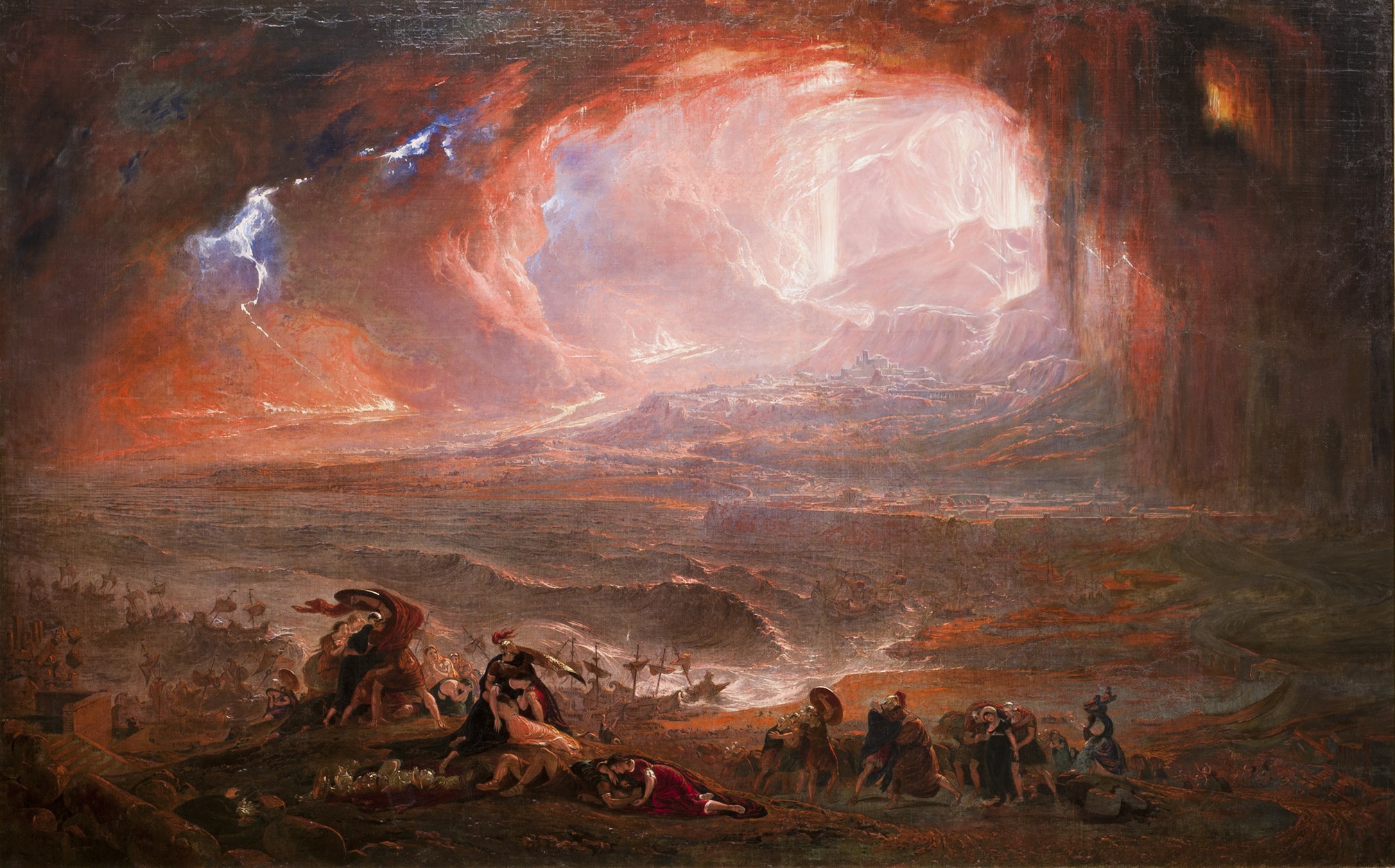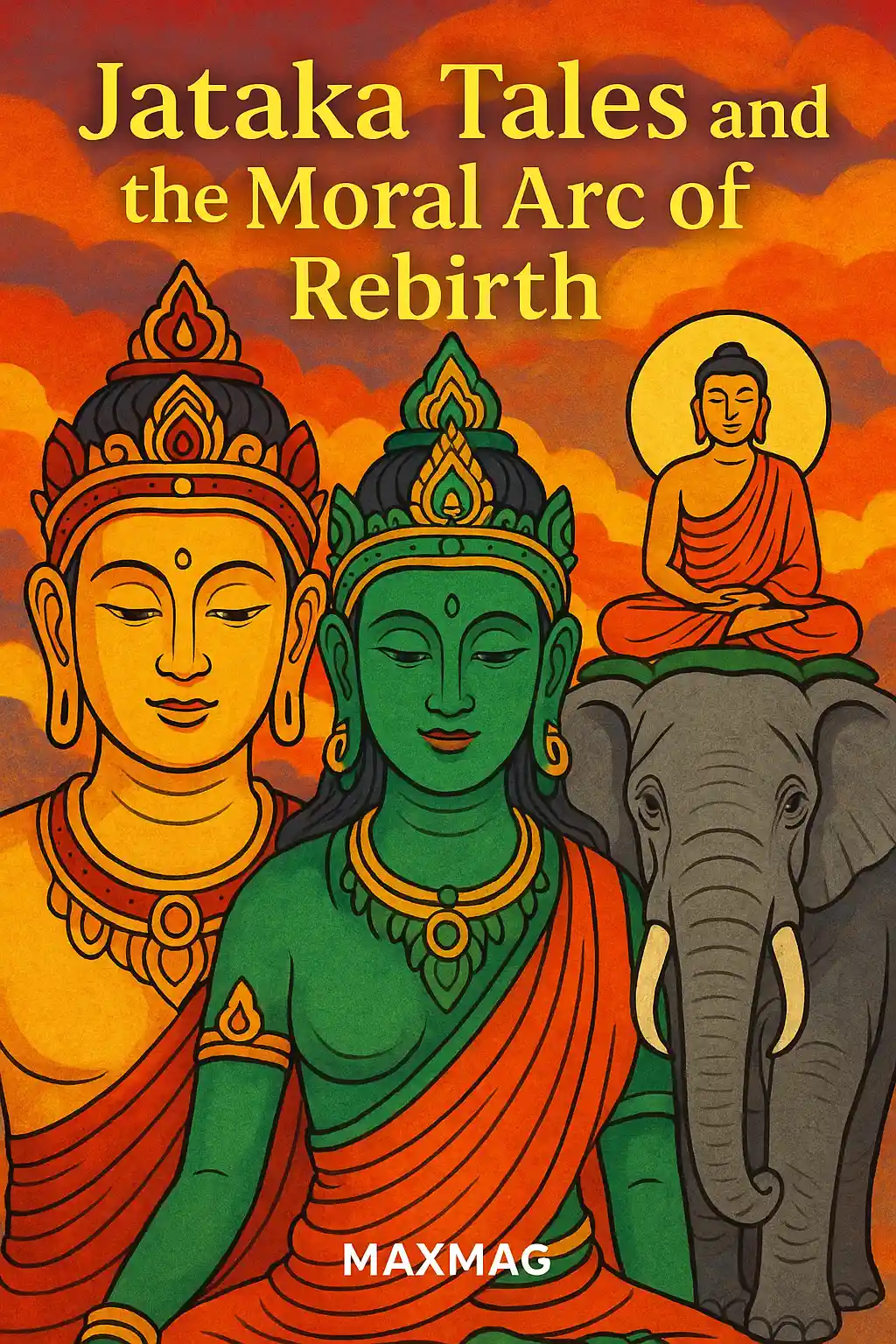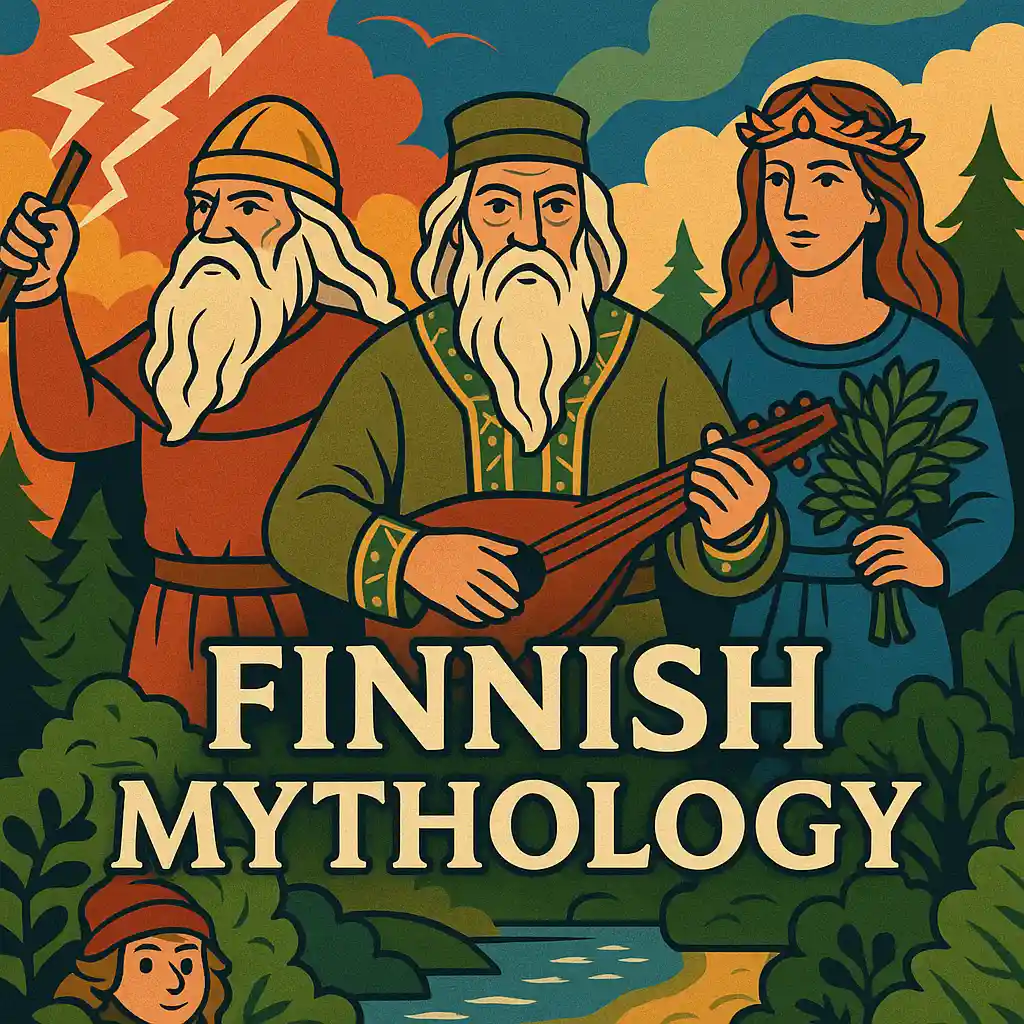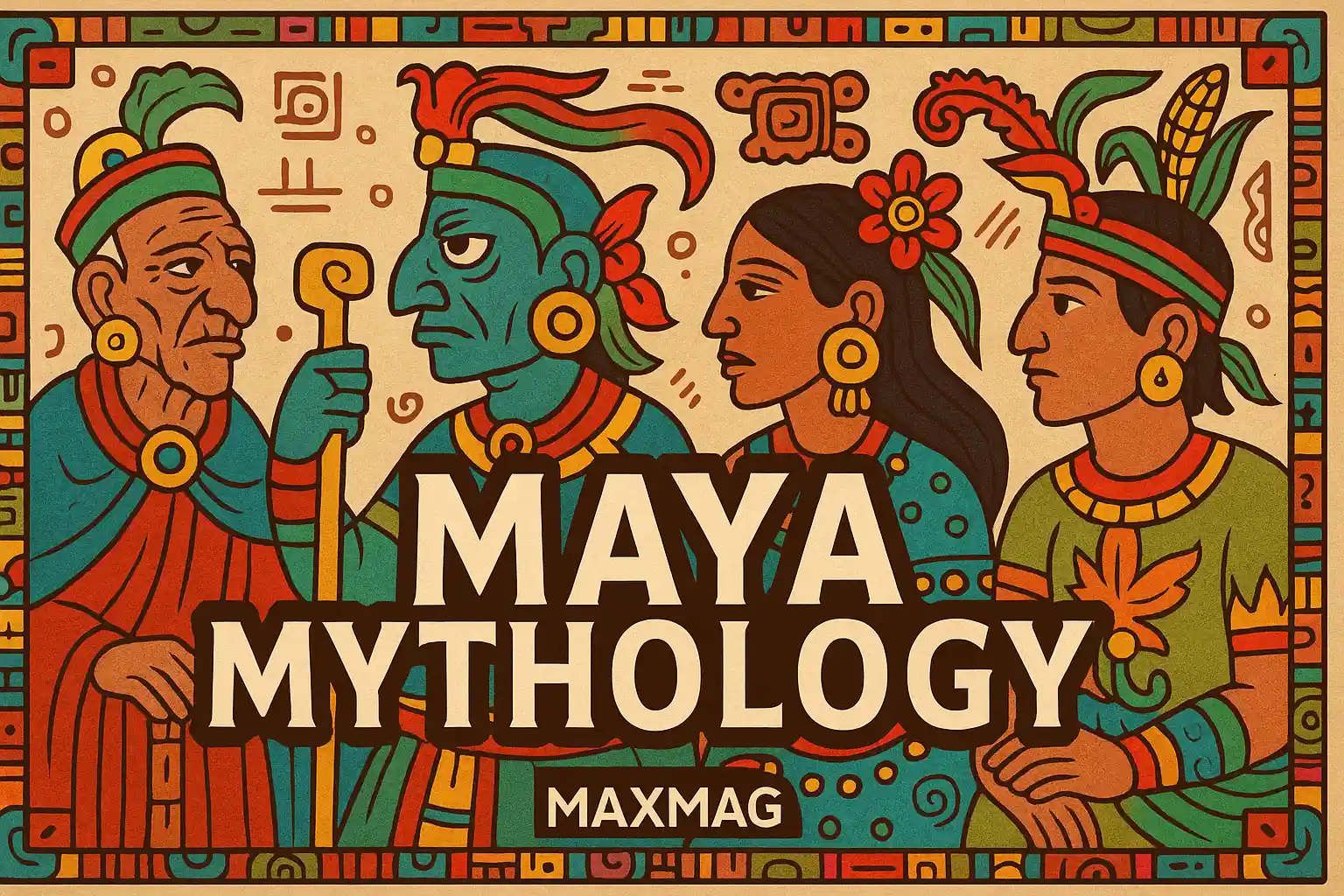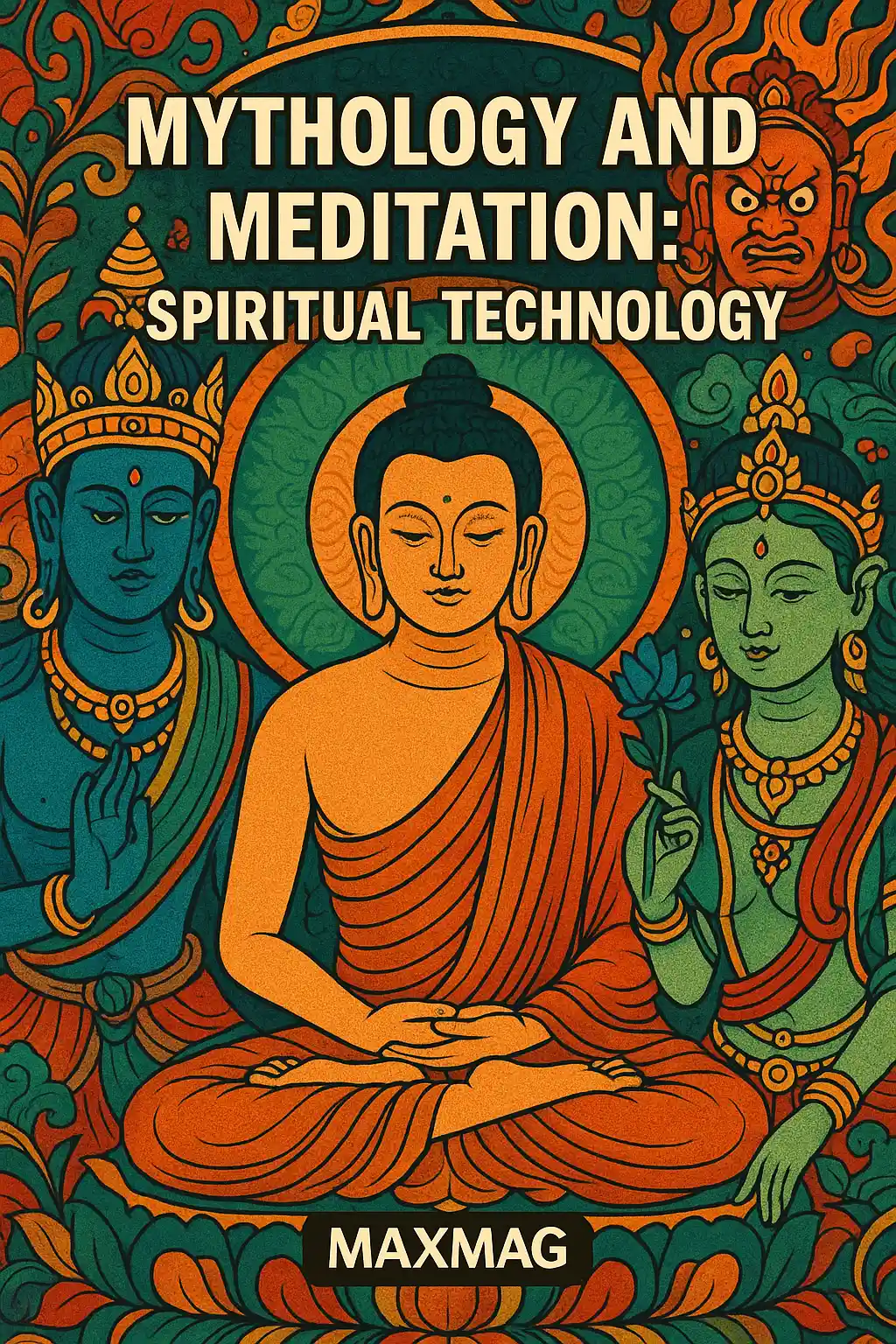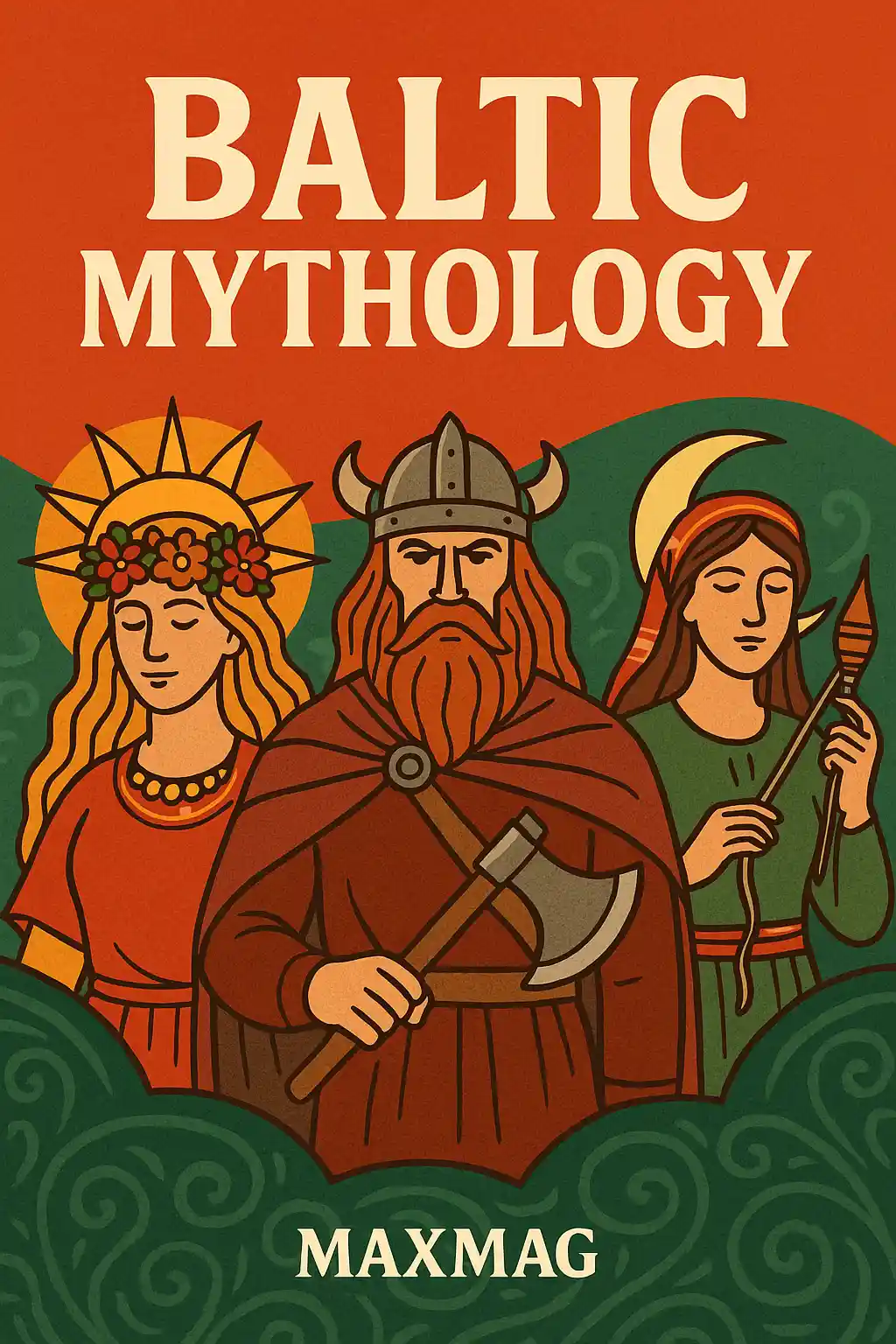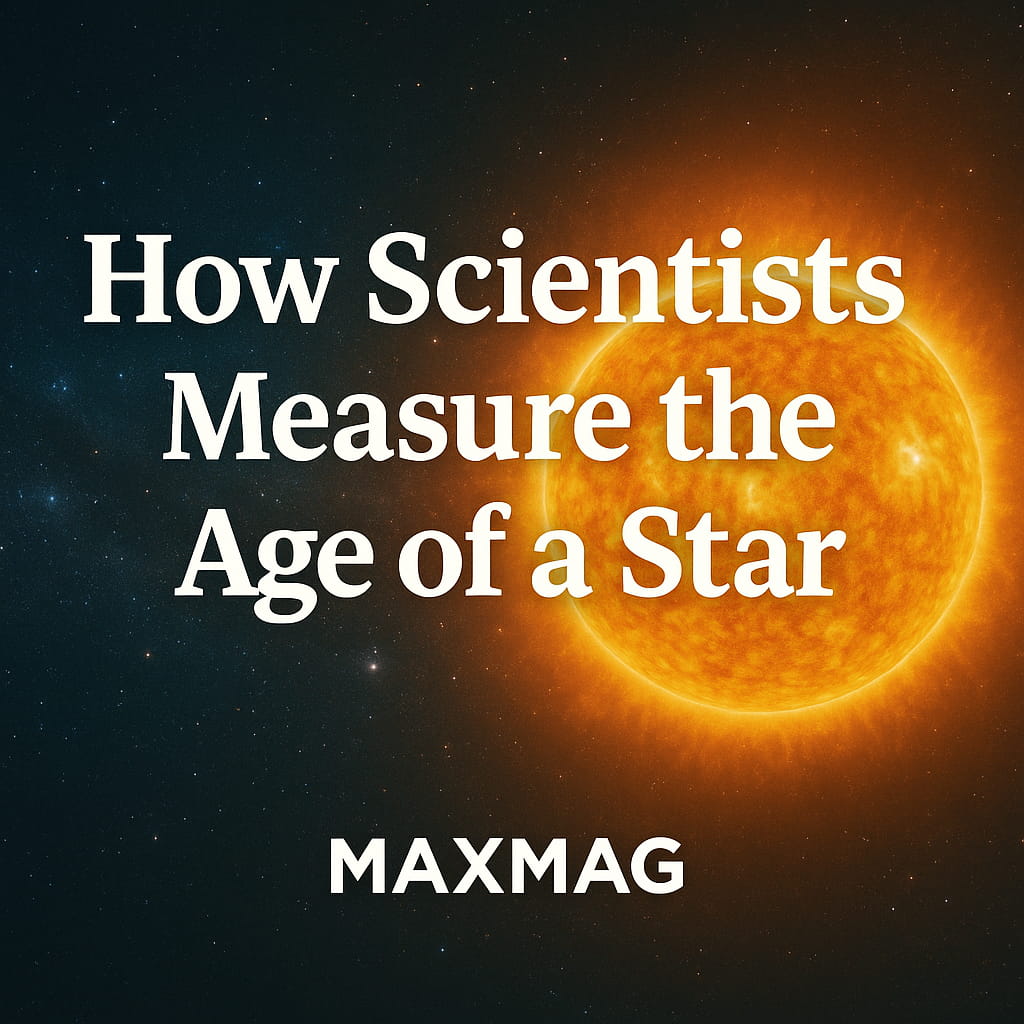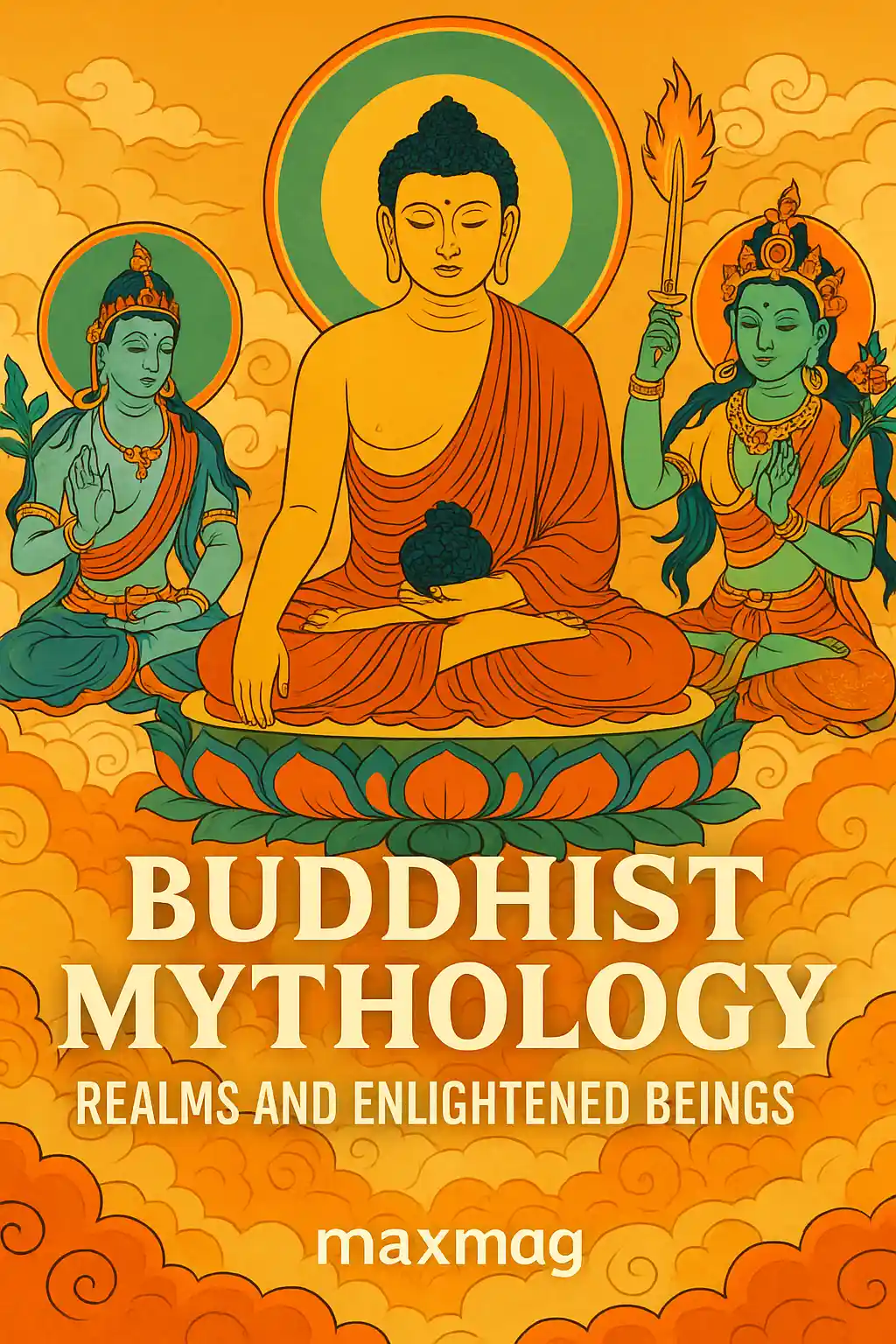
Buddhist mythology offers one of the richest, most intricate spiritual frameworks in global religious traditions. Deeply rooted in the teachings of Siddhartha Gautama, the historical Buddha, and shaped over centuries across diverse Asian cultures, it harmonizes metaphysics, morality, psychology, and storytelling. Unlike conventional religious mythologies that dwell mainly on divine intervention and heroic acts, Buddhist mythology is uniquely focused on inner transformation. It portrays the journey of the soul through suffering, awareness, and ultimate awakening, blending symbolic narratives with spiritual disciplines. These mythological stories aren’t merely preserved for tradition—they remain essential tools for understanding karma, mindfulness, and the human potential for enlightenment.
What makes Buddhist mythology exceptional is its direct link to spiritual practice. Every tale, every divine character, and every mythic realm is tied to a state of consciousness or ethical principle. For Buddhists, these are not just stories from the past but living truths that reflect the timeless struggle between illusion and wisdom. The demons are manifestations of greed and fear. The celestial beings are states of purity and clarity. In this way, Buddhist mythology becomes a mirror of the practitioner’s path, rich with metaphors and moral frameworks designed to lead one out of ignorance and into liberation. It remains relevant across continents and centuries, continuing to resonate with millions seeking purpose in a chaotic world.
The Six Realms and the Wheel of Life
Central to Buddhist cosmology is the Bhavachakra, often referred to as the Wheel of Life. This detailed visual symbol presents a comprehensive view of samsara, the ongoing cycle of birth, death, and rebirth governed by karma. Within this wheel, six major realms of existence are depicted: the heavenly realm of Devas (gods), the war-torn world of Asuras (demigods), the balanced human realm, the instinct-driven animal realm, the sorrowful realm of Pretas (hungry ghosts), and the tormented Naraka (hell) realms. These realms are interconnected and are entered based on the ethical and spiritual weight of one’s past actions.
Each of these realms also corresponds to a psychological condition, making the mythology applicable to daily experience. For example, someone driven by endless craving may be said to be in a Preta state, regardless of their physical situation. The Deva realm, though pleasant, is misleading—it may lull beings into complacency, delaying spiritual growth. The human realm is considered the most fortunate because it offers just enough suffering to encourage spiritual pursuit without overwhelming the mind. In Buddhist mythology, these realms do not merely illustrate metaphysical destinations—they map the landscape of the soul and present ethical consequences in visual form. The Wheel of Life thus serves as a powerful meditative and educational symbol, still taught widely in Buddhist schools and monasteries today.
The Buddhas and Bodhisattvas
At the heart of Buddhist mythology lies a pantheon of spiritually perfected beings—Buddhas and Bodhisattvas. These entities are not gods in the Western sense but are fully awakened individuals who have realized the ultimate nature of reality and transcended suffering. Siddhartha Gautama, the historical Buddha, is only one among many such beings. His attainment of enlightenment under the Bodhi tree set the precedent, but the mythology is populated by countless Buddhas across time and space.
Among the most celebrated figures is Amitabha Buddha, the ruler of the Western Pure Land, who vowed to create a paradise accessible through sincere faith and practice. His myth inspires millions of practitioners in East Asia who recite his name as a method of rebirth into this enlightened realm. Another towering presence is Avalokiteshvara, the Bodhisattva of Compassion. This being has vowed never to enter nirvana until all sentient beings are free from suffering. In China, Avalokiteshvara evolved into Guanyin, a female figure of mercy who responds to the cries of the world. In Tibet, Avalokiteshvara is believed to reincarnate as the Dalai Lama, offering a living connection between myth and leadership.
Manjushri, the Bodhisattva of Wisdom, is often depicted holding a flaming sword to cut through ignorance. His image encourages intellectual inquiry and inner clarity. These figures are not distant deities but spiritual ideals—archetypes that practitioners can emulate through meditation and ethical living. In Buddhist mythology, their presence extends beyond storytelling into the heart of personal transformation, guiding devotees on how to cultivate wisdom, compassion, and discipline through visualization and daily conduct.
Jataka Tales and the Moral Arc of Rebirth
Among the foundational texts of Buddhist mythology are the Jataka Tales, a vast collection of stories depicting the Buddha’s previous lives. Spanning over 500 accounts, these narratives explore how Siddhartha Gautama, before his final birth, cultivated the virtues needed to become a Buddha. Each tale highlights values such as generosity, patience, honesty, and self-sacrifice. Through countless incarnations—often as animals, kings, merchants, or sages—the future Buddha consistently chooses altruism over self-interest, setting an ethical precedent for followers.
In one particularly moving tale, he reincarnates as a noble hare who offers his body as food to a starving stranger, only to find the fire he jumps into is illusory—created by the gods to test his resolve. In another story, he is a just king who gives away his kingdom to save a deer. These narratives are more than bedtime stories; they are ethical manuals encoded in myth, shaping the moral development of young Buddhists and providing spiritual reflection for adults. The Jataka Tales are illustrated on temple walls, chanted during festivals, and even adapted into plays and children’s books.
What gives these tales enduring power is their accessibility and moral clarity. They remind followers that enlightenment is not a sudden revelation but a gradual path paved with kindness and courage. In many Buddhist countries, these stories are not only religious texts but also cultural treasures, reinforcing the core belief of Buddhist mythology that goodness is both its own reward and the foundation for spiritual evolution.
The Role of Mara in Buddhist Myth
Every myth needs a challenger, and in Buddhist mythology, the embodiment of delusion and spiritual obstruction is Mara. Known as the “Evil One” or “Tempter,” Mara plays a critical role in the drama of enlightenment. When Siddhartha Gautama sat beneath the Bodhi tree, it was Mara who attempted to thwart his awakening. He unleashed storms, sent seductive daughters, and tried to sow doubt in Siddhartha’s mind. Yet, Siddhartha remained unmoved, ultimately touching the earth to bear witness to his worthiness, thereby dispelling Mara forever.
Mara’s significance is profound and multilayered. He is not merely an external antagonist but represents inner demons—fear, doubt, distraction, and desire—that every spiritual seeker must confront. His daughters symbolize lust and attachment; his army, anger and violence; his questions, existential uncertainty. In Mahayana Buddhism, Mara’s role is extended further—he represents the very structure of samsara, the illusions that bind beings to suffering. Thus, overcoming Mara becomes synonymous with achieving enlightenment.
Even today, in Buddhist meditation, when doubt or distraction arises, it is often referred to as “Mara visiting.” This personalization allows practitioners to acknowledge mental hindrances without judgment. It is a way of naming one’s inner obstacles with compassion and clarity, staying true to the mythological framework while using it for spiritual practice.
How Myth Varies Across Buddhist Cultures
As Buddhism spread across Asia, it adapted to local cultures, producing a stunning variety of mythologies that still shared core principles. In Tibetan Buddhism, local deities were absorbed into the Buddhist pantheon and reinterpreted through the lens of Dharma. This led to the inclusion of fierce protective beings such as Mahakala and Yamantaka, who appear wrathful but are manifestations of enlightened compassion. Their terrifying imagery serves a pedagogical purpose: to destroy inner delusion and ego, not external enemies.
The Tibetan Book of the Dead, or Bardo Thodol, adds a complex mythological layer to Buddhist cosmology by describing the intermediate state between death and rebirth. The soul encounters various deities and symbolic visions, each representing aspects of one’s own mind. These teachings are not speculative theology but practical guidance for the dying and those guiding them.
In Chinese Buddhist mythology, figures like Guanyin hold a place similar to the Virgin Mary in Christian contexts—a universal figure of mercy and protection. Temples dedicated to Guanyin are spread across East Asia, and countless legends describe her miraculous interventions. Chinese mythology also includes the concept of hell judges and spiritual bureaucracy, which blends Confucian ethics with karmic retribution.
Japanese Buddhism introduced additional mythic figures such as Fudō Myō-ō, the immovable protector who cuts through evil with his sword of truth. In Japan, many Buddhist temples coexist with Shinto shrines, demonstrating the deep integration of myth and tradition. These regional variations prove that while Buddhist mythology adapts to local contexts, its underlying message of transformation remains intact and universal.
Buddhist Mythology in Sacred Art
Few traditions have produced as much sacred art as Buddhism. At the Smithsonian’s National Museum of Asian Art, one can explore visual representations of mythic figures like Manjushri and Tara across centuries. These artworks go beyond aesthetic beauty; they are visual theology—each detail loaded with spiritual symbolism and meditative function.
From the spiraling mandalas of Borobudur to the rock-cut murals of the Ajanta Caves, Buddhist art embodies the very myths it seeks to communicate. In Tibetan monasteries, sacred thangkas are used for meditation and initiation. Their iconography teaches the viewer how to visualize compassion, wisdom, and inner stillness. In this way, Buddhist mythology is kept alive not just through scripture, but through color, form, and sacred design.
Mythology and Meditation: A Spiritual Technology
One of the greatest strengths of Buddhist mythology is its deep integration into personal meditative practice. Rather than being external tales, mythic figures are meditated upon as projections of one’s awakened mind. Visualization of deities like Avalokiteshvara or Vajrayogini becomes a means to internalize their qualities—mercy, clarity, detachment—transforming ordinary thought into enlightened awareness.
Buddhist Mythology and Science
Modern psychology has begun to affirm what Buddhist practitioners have long known. At institutions like the University of California, Berkeley, researchers explore how Buddhist symbols reflect cognitive states and emotional development. The myths of samsara and nirvana, it turns out, are deeply aligned with real human struggles around suffering, choice, and change.
The Legacy of Buddhist Mythology in the Modern World
Just like Korean Mythology beautifully merges local spirits and Buddhist teachings, Buddhist mythology continues to evolve. It lives in festivals, films, meditative texts, and even modern apps that use mythic imagery to support mindfulness. It is not a closed system, but an open map—inviting everyone to explore the universe within.

